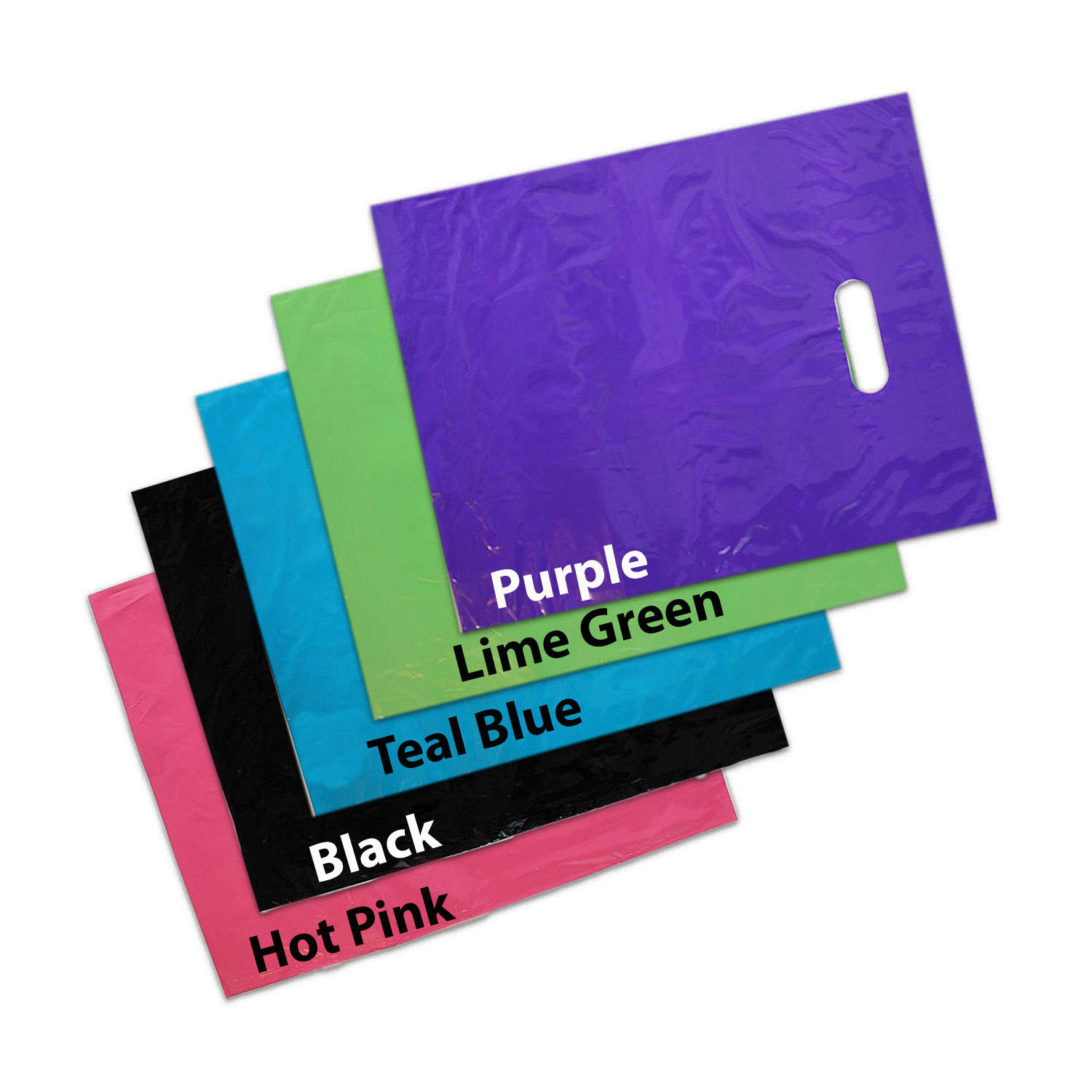Whether the use of degradable vest plastic bag will have an impact on the environment
2024-06-05
The use of degradable vest plastic bag has been a topic of intense debate when it comes to their potential impact on the environment.
On one hand, proponents argue that these bags offer a more eco-friendly alternative to traditional plastic bags. They are designed to break down over time, reducing the persistence of plastic waste in the environment. For instance, when properly composted, degradable vest plastic bag can turn into useful compost, minimizing the amount of plastic that ends up in landfills or as litter.
Moreover, the growing awareness about plastic pollution has led many consumers and businesses to embrace biodegradable options as a way to show their commitment to the environment. This shift in attitude and behavior can have a significant positive impact on reducing the overall plastic waste problem.
However, there are also concerns. Some studies suggest that the degradation process of degradable vest plastic bag may not be as straightforward as initially thought. In certain conditions, they might not break down completely or could release microplastics into the environment, which can have their own set of negative consequences.
There is also the issue of proper disposal. If not handled correctly, degradable vest plastic bag could end up in environments where the conditions for degradation are not ideal, potentially causing similar problems as regular plastic bags.
Furthermore, the production of degradable vest plastic bag often requires more resources and energy compared to traditional ones, which could offset some of the environmental benefits.
In conclusion, while degradable vest plastic bag show promise as a greener option, their impact on the environment is complex and not entirely clear-cut. More research is needed to fully understand how they perform in different scenarios and to ensure that their use leads to real and sustainable environmental improvements. It's crucial for consumers, businesses, and policymakers to make informed decisions based on a comprehensive understanding of the pros and cons, and to continue exploring and investing in even more sustainable packaging solutions.




